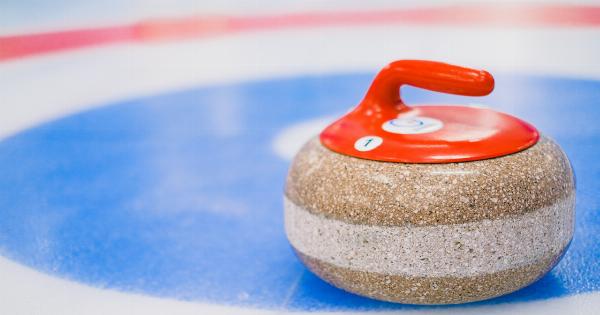Sinusitis is a common condition that affects millions of people worldwide. It is characterized by inflammation of the sinuses, which are the air-filled spaces in the skull that connect to the nasal passage.
Symptoms of sinusitis include facial pain, headache, nasal congestion, and difficulty breathing.
What is steam inhalation?
Steam inhalation is a popular home remedy for sinusitis, which involves breathing in warm, moist air. The theory behind this practice is that the steam helps to moisten and soothe the inflamed sinuses, relieving symptoms and promoting healing.
The supposed benefits of steam inhalations for sinusitis
Proponents of steam inhalation for sinusitis claim a range of benefits, including:.
- Moisturizing and soothing dry nasal passages
- Loosening mucus and promoting its drainage
- Reducing nasal congestion
- Relieving facial pain and pressure
- Opening up the sinuses and improving breathing
- Clearing the sinuses of bacteria and viruses
- Promoting relaxation and relieving stress
- Boosting the immune system
- Preventing further sinus infections
- Providing quick relief from symptoms
The lack of scientific evidence
Despite the widespread belief in the effectiveness of steam inhalations for sinusitis, there is a notable lack of scientific evidence to support these claims.
Many of the supposed benefits mentioned earlier are based on anecdotal reports and personal experiences rather than rigorous scientific studies.
One systematic review published in the Cochrane Database of Systematic Reviews found insufficient evidence to support or refute the use of steam inhalations for sinusitis.
The study concluded that more well-designed clinical trials are needed to determine the effectiveness of this home remedy.
Potential risks and drawbacks of steam inhalations
While steam inhalation may offer temporary relief for some individuals with sinusitis, it is important to consider the potential risks and drawbacks associated with this practice.
Risk of burns
Steam can cause burns if not used properly. If the steam is too hot or the individual gets too close to the steam source, it can lead to skin burns and damage to the delicate tissues of the respiratory tract.
Special care should be taken when performing steam inhalations, especially for children and the elderly.
Increased nasal congestion
Contrary to the claims of steam inhalation proponents, some individuals may experience increased nasal congestion after performing steam inhalations.
This is because the warm and moist air can cause the blood vessels in the nasal passages to dilate, leading to swelling and congestion.
Spread of infection
Using shared steam inhalation equipment or not properly cleaning the equipment can increase the risk of spreading infections.
Bacteria or viruses present in the sinuses or respiratory tract can be released into the air during steam inhalations, potentially infecting others in close proximity.
Alternative treatments for sinusitis
While steam inhalation may not be a highly effective treatment for sinusitis, there are several alternative approaches that have shown promise in relieving symptoms and promoting healing.
Nasal irrigation
Nasal irrigation, also known as nasal rinsing or saline flush, involves flushing the nasal passages with a saline solution. This can help to remove excess mucus, reduce nasal congestion, and promote healthier sinuses.
Nasal irrigation can be done using a neti pot or a nasal saline spray.
Warm compresses
Applying warm compresses to the face can help to alleviate facial pain and pressure associated with sinusitis. The warmth can also help to improve blood circulation and reduce inflammation in the sinuses.
Nasal decongestants
Over-the-counter nasal decongestant sprays or drops can provide temporary relief from nasal congestion. However, these should not be used for more than a few days in a row, as they can cause rebound congestion and worsen symptoms in the long term.
Medications
In some cases, healthcare providers may prescribe medications to treat sinusitis. These can include antibiotics to treat bacterial infections, corticosteroids to reduce inflammation, and antihistamines to relieve allergy-related symptoms.
Conclusion
While steam inhalations may offer temporary relief for some individuals with sinusitis, the lack of scientific evidence supporting their effectiveness suggests that they may often be a waste of time.
It is important to consider alternative treatments that have shown more promising results in relieving symptoms and promoting healing. If symptoms persist or worsen, it is recommended to seek medical advice for appropriate diagnosis and management of sinusitis.































